Indication
This formula is from the ‘Formulas to Benefit Life’ (ji sheng fang), a work in 10 volumes by Yan Yong-he, 1253, which covers internal medicine, gynecology and surgery. It is suitable for acute conditions affecting the nasal passages, such as common cold or allergic rhinitis and thus its actions are quite specific.
This limits the formula’s clinical applications to such conditions occurring due to invasion by exogenous Wind-Cold. It is not suitable (when prescribed alone) for protracted conditions, in which the pathogen has transformed into Heat, nor acute conditions due to Heat, as evidenced by yellow or purulent discharge from the nose. In these cases it should be combined with an appropriate Heat clearing formula as described above.
The formula is named after its principal ingredient, Magnolia Flower (xin yi), which, as a single herb, exhibits all of the actions of this formula. It enters both the Lung and the Stomach Channels. In the Lung Channel it expels exogenous Wind from the Lung system, which includes the nasal passages.
In the Stomach Channel, due to its light and floating direction of action, it assists the clear Yang Qi of the Stomach to rise upwards to unblock the nose; as the Stomach Channel of the bright Yang (yang ming) – which includes the Large Intestine Channel – enters the nasal passages and the sinuses.
The synergistic actions of the herbs are as follows:
Magnolia flower (xin yi hua), Notopterygium root & rhizome (qiang huo), Ledebouriella root (fang feng), Ligusticum sinense, rhizome (gao ben), Angelica root (bai zhi): release Exterior Wind-Cold.
Magnolia flower (xin yi hua), Angelica root (bai zhi), Ligusticum sinense, rhizome (gao ben), Ligusticum root (chuan xiong), Actaea rhizome (sheng ma), Clematis stem (chuan mu tong), Anemone rhizome (shi chang pu): unblock the nasal passages and alleviate sinus-related head pain.
Magnolia flower (xin yi hua), Saposhnikovia root (fang feng), Angelica root (bai zhi): assists the clear Yang Qi of the middle Jiao to rise upwards to unblock the nose.
Glycyrrhiza root (gan cao): harmonises the herbs in the formula and protects the Stomach from the harsh dispersing nature of the other ingredients.
INDICATIONS:
Acute rhinitis
Acute sinusitis
Hayfever
Signs & Symptoms:
Nasal congestion
Rhinorrhoea (white, clear or watery)
Frontal headache
Tenderness over the sinuses
Itchy watery eyes
Neck stiffness
Normal tongue
Floating pulse
Combinations –
Chronic nasal congestion due to Spleen Qi deficiency with Phlegm-Damp retention:
XIANG SHA LIU JUN ZI WAN
Hayfever:
YU PING FENG SAN
BI MIN GAN WAN
Headache due to sinusitis:
CHUAN XIONG CHA TIAO SAN
Sinusitis, acute infective with yellow discharge (i.e. Heat Toxin):
WEN DAN TAN
Sinusitis, chronic with nasal blockage:
NEI XIAO LUO LI WAN
Sinusitis, Damp-Heat in the Liver Channel:
LONG DAN XIE GAN TANG
Sinusitis, remission stage:
YU PING FENG SAN
Sinusitis, severe sneezing:
BI MIN GAN WAN
TCM Syndromes: Wind-Cold invasion of the nasal passages.
TCM Actions: Releases Exterior Wind-Cold, unblocks the nasal passages and alleviates sinus pain.

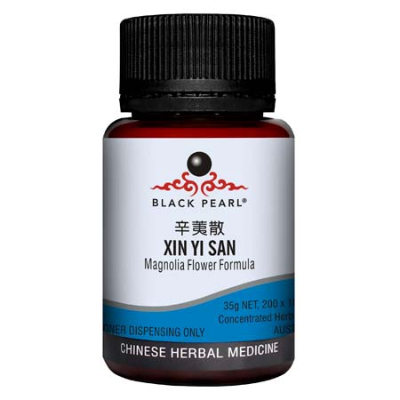
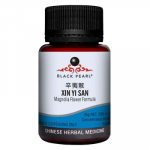

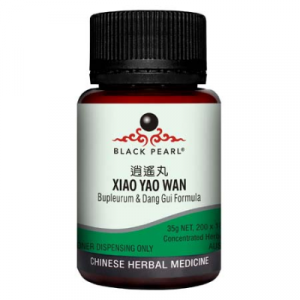
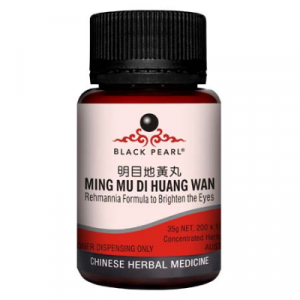
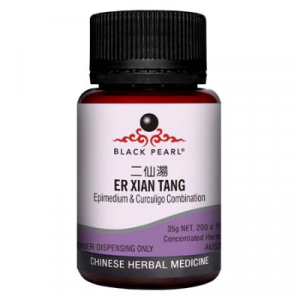


Reviews
There are no reviews yet.